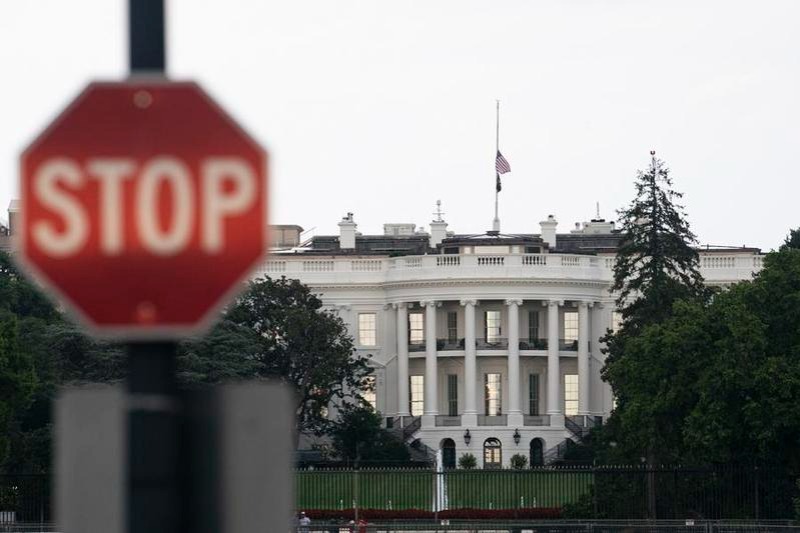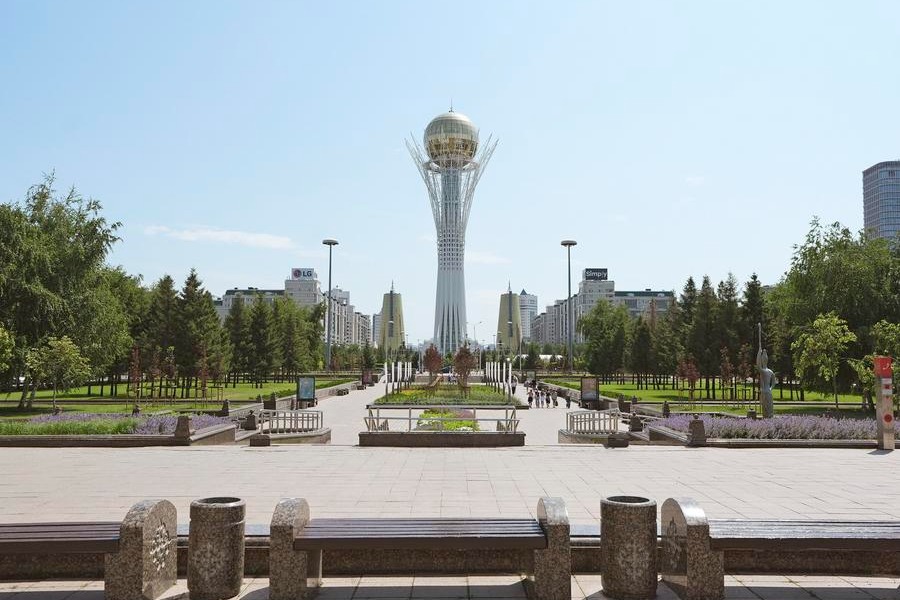Filling the gap


Japan's strategic transformation increases the complexity of China's security environment
Japan is accelerating its strategic transformation in response to the drastic changes in domestic and international politics.
The transformation is first and foremost characterized by an increasing level of autonomy. Japan follows the United States' lead but not blindly. While strengthening its strategic ties with the US, it remains independent in formulating and executing policies based on its own interests.
But with growing support from the US, Japan has repeatedly pushed the boundaries in its security strategies to allow more initiative and pre-emptiveness. In 2022, the Fumio Kishida government issued three key security documents, revising the National Security Strategy introduced by the late prime minister Shinzo Abe to include "counterstrike capabilities" with medium- and long-range missiles and allow preemptive strikes on enemy bases. In April 2023, Japan launched the Official Security Assistance framework to provide military equipment and supplies to so-called strategic fulcrum countries, particularly developing countries, covering the gap in the Official Development Assistance system that prohibited military aid. Japan has also significantly loosened its arms export bans. In March, the ruling Liberal Democratic Party began drafting a military industrial policy to strengthen the defense industry and promote arms exports.
The second distinctive feature of Japan's strategic transformation is its growing focus on the "Indo-Pacific". As Japan broadens its geostrategic horizon, it increasingly regards the "Indo-Pacific" as an integrated region at the core of its strategic planning. Initially proposed by Abe in 2016, the Free and Open "Indo-Pacific" (FOIP) strategy has gradually evolved into a central pillar of Japan's foreign policy. Abe's successors have continued to advance this strategic vision. During a visit to India in March 2023, Kishida unveiled a new plan for FOIP, further broadening its scope and signaling a deeper strategic commitment. Under the revised framework, Japan aims to strengthen coalitions with "democratic partners "through mini-lateral groups involving the US and Japan. The plan also extends cooperation to the Middle East and Latin America, effectively integrating the Global South into the "Indo-Pacific" strategy.
Japan has also deepened its cooperation with European countries and the NATO, signing an Individually Tailored Partnership Programme with NATO in 2024.Through the FOIP framework, Japan seeks to strengthen international ties and extend its diplomatic reach beyond the "Indo-Pacific". In doing so, it aims to build a broader network of allies that transcends the traditional US-Japan alliance and regional boundaries.
The third feature is the heightened emphasis on national security. Japan's postwar focus on economic growth has increasingly given way to political concerns, with security considerations gaining prominence across all policy domains. Economic issues, such as trade, technology, supply chains and infrastructure, have been fully integrated into Japan's national security framework.
In 2022, Japan enacted the Economic Security Promotion Act, which serves as the cornerstone of its economic security strategy. The legislation introduced a series of measures to ensure stable supply chains, advance critical technologies, secure key infrastructure and protect selected patents through non-disclosure. For the first time, the new National Security Strategy identified economic security as a core national security area and emphasized curbing excessive dependence on specific countries.
The focus on security is also evident in maritime affairs. Since the launch of the Basic Act on Ocean Policy in 2007, Japan has increasingly viewed maritime issues through a national security lens, emphasizing strategic and high-level political tools to strengthen international competitiveness and assert maritime rights.
Japan's strategic transformation has direct impacts on the regional order and dynamics, further complicating China's security and development environment.
First, Japan's China policy is likely to be shaped by a long-term mindset of competition and containment. While Japan recognizes that China and Japan are close neighbors with interdependent interests and inseparable geo-economic ties, it cannot shake off a deep-seated anxiety about China.
China's growth and its spillover effects have triggered strong negative sentiments in Japan, driven by a complex mix of factors. These include lingering fears of perceived revenge stemming from historical grievances, disappointment over China's declining demand for Japanese goods and services, and worries about losing ground to China in global competition and potentially becoming dependent on it.
As a result, Japan's China policy has consistently seen conflicting objectives — pursuing coordination and cooperation on the one hand, while seeking to contain and compete with China on the other — with the latter increasingly taking precedence. Even when China and Japan reaffirmed their commitment to advancing a "mutually beneficial strategic relationship" at the APEC summit in November 2024, Japan labeled China as its "greatest strategic challenge to date". This stance is in part the result of US influence, but largely a choice Japan made driven by its anxiety. For the foreseeable future, Japan is likely to remain caught between cooperation and confrontation in its approach to China.
Second, Japan's strategic transformation is likely to escalate Sino-Japanese disputes from isolated issues to broader questions of regional order. The scope of US-Japan alliance cooperation has expanded from addressing a potential national defense threat to regional security. In this context, Japan has increasingly concentrated its military deployments in the southwest and accelerated plans to fortify the southwestern islands. Although the US administration has not yet laid out a clear alliance strategy, it continues to encourage its allies to take a more active role in confronting China. This approach provides Japan with both the incentive and space to assert its security strategies.
In March, Elbridge Colby, the newly-appointed US undersecretary of defense for policy, said in his nomination hearing that Taiwan is not an "existential" interest. According to him, giving explicit security guarantees to Taiwan is more costly than beneficial and risks escalating tensions with the Chinese mainland.
Nonetheless, the US is seeking to secure Japan's and other allies' commitment to Taiwan. As the US military shifts toward a strategy of "distributed operations" and gradually withdraws from the "first island chain", Japan is not only actively coordinating with US forces but also deliberately "filling the gap" by assuming a frontline role and reinforcing its own military presence in the region.
While Japan is a key US ally, it is also China's important neighbor, a major economy and a regional power in the Asia-Pacific. The significance of China-Japan relations is evident. Although Japan's pursuit of strategic autonomy and its broader transformation are not aimed solely at China, the number of China-targeting policies is growing.
By framing China as unilaterally changing the status quo through force and challenging the rules-based international order, Japan justifies its actions and adopts increasingly competitive, even confrontational policies toward China. This undoubtedly adds uncertainty to the future of China-Japan relations and increases the complexity of China's security environment.
The author is director of the Institute of Japanese Studies at the Chinese Academy of Social Sciences. The author contributed this article to China Watch, a think tank powered by China Daily. The views do not necessarily reflect those of China Daily.
Contact the editor at editor@chinawatch.cn.



































